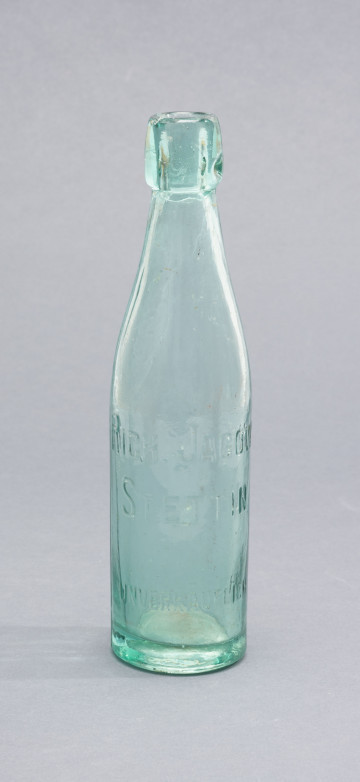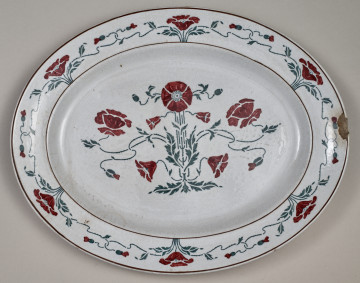Shaving, tattooing (171870)
1990
Museum of the history of Polish Jews
Izaak Celnikier (1923-2011), a Holocaust survivor, painter, graphic artist and draughtsman, wrote important pages in the history of Polish, Jewish and French art with his work. Before the war, he stayed at Janusz Korczak's Orphanage at 92 Krochmalna Street in Warsaw. Soon after the outbreak of World War II, he fled to Bialystok with his mother and sister. There he deepened his interest in art, and it was there that his Holocaust odyssey began. It led from the Białystok ghetto through the German concentration and extermination camps of Stuthoff, Auschwitz, Mauthausen, Sachsenhausen, Flossenbürg and Dachau, the Soviet camp in the Czech town of Šumperk, until his return to Białystok. Looking for traces of his loved ones, at the end of 1945 Izaak Celnikier worked on exhumations at the cemetery on Żabia Street in Białystok on the site of the former ghetto. Shortly afterwards, he began regular artistic studies in Prague, under one of the leading representatives of the Czech interwar avant-garde, Emil Filli. A five-year stay in Warsaw (1952-1957) was marked in Celnikier's biography by a breakthrough participation in the National Exhibition of Young Visual Arts "Against War – Against Fascism" in the Warsaw Arsenal, during the 5th World Festival of Youth and Students (1955). The exhibition is considered the beginning of the Polish Thaw in the visual arts, bringing a rejection of the socialist-realist scheme and the end of ideological control over art, while Celnikier himself is considered one of the artistic leaders of the so-called Arsenal generation. | Soon deprived of any illusions as to the durability of the thawing climate in Polish culture, in the face of another wave of anti-Semitism, during a scholarship stay in France the painter decided to stay abroad permanently. In the 1960s, Celnikier gained recognition in Israel, where he often travelled and exhibited. | Firstly, one of his Serbian friends encouraged Celnikier to try etching and aquatint techniques. Secondly, and no less importantly, under the influence of the events of March '68 and their consequences in Poland, the artist, as he himself admitted, returned to the times of the Holocaust. If from the early post-war years he had been painting monumental images of Jewish victims in the form of expressionistic, nameless symbols of the Holocaust, then in his engravings, which he continued in the 1970s and later, he concretised his own memories of his loved ones and acquaintances who had died in the Białystok ghetto and camps. | Izaak Celnikier's graphic works were donated to the POLIN Museum by Teresa Mellerowicz-Gella (1927-2019), the artist's friend and co-curator of the exhibition at the Arsenal. The "LA MÉMOIRE GRAVÉE" portfolio, as well as individual works from outside the portfolio, has Celnikier's handwritten dedication to Mellerowicz-Gella and her husband, sociologist Aleksander Gella.| AT
Znaleziono 24 obiektów

XIX - XX wiek
Castle Museum in Łańcut

1901 — 1945
National Museum in Szczecin

początek XX w.
Castle Museum in Łańcut
DISCOVER this TOPIC
Museum of King Jan III's Palace at Wilanów
DISCOVER this PATH
Educational path